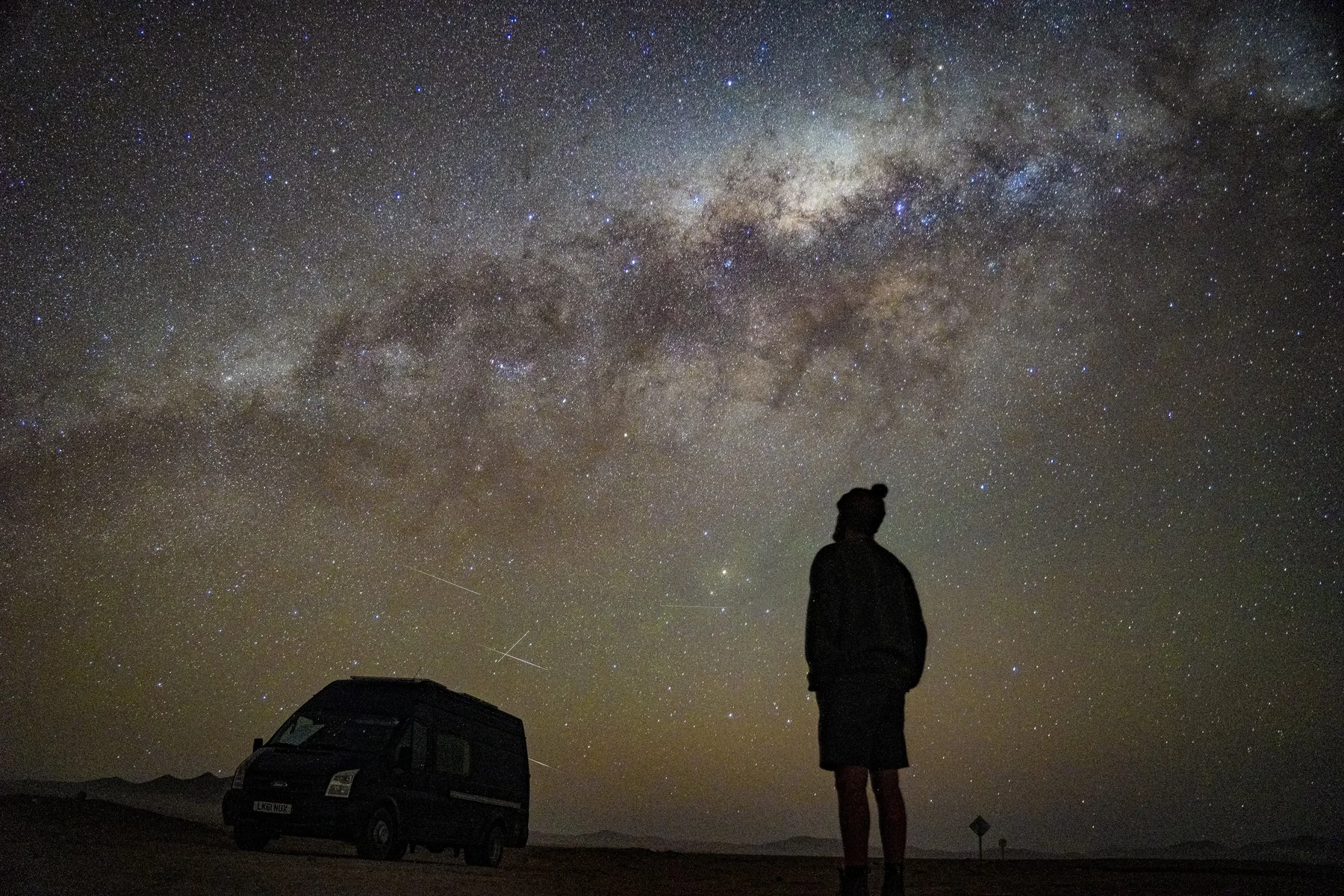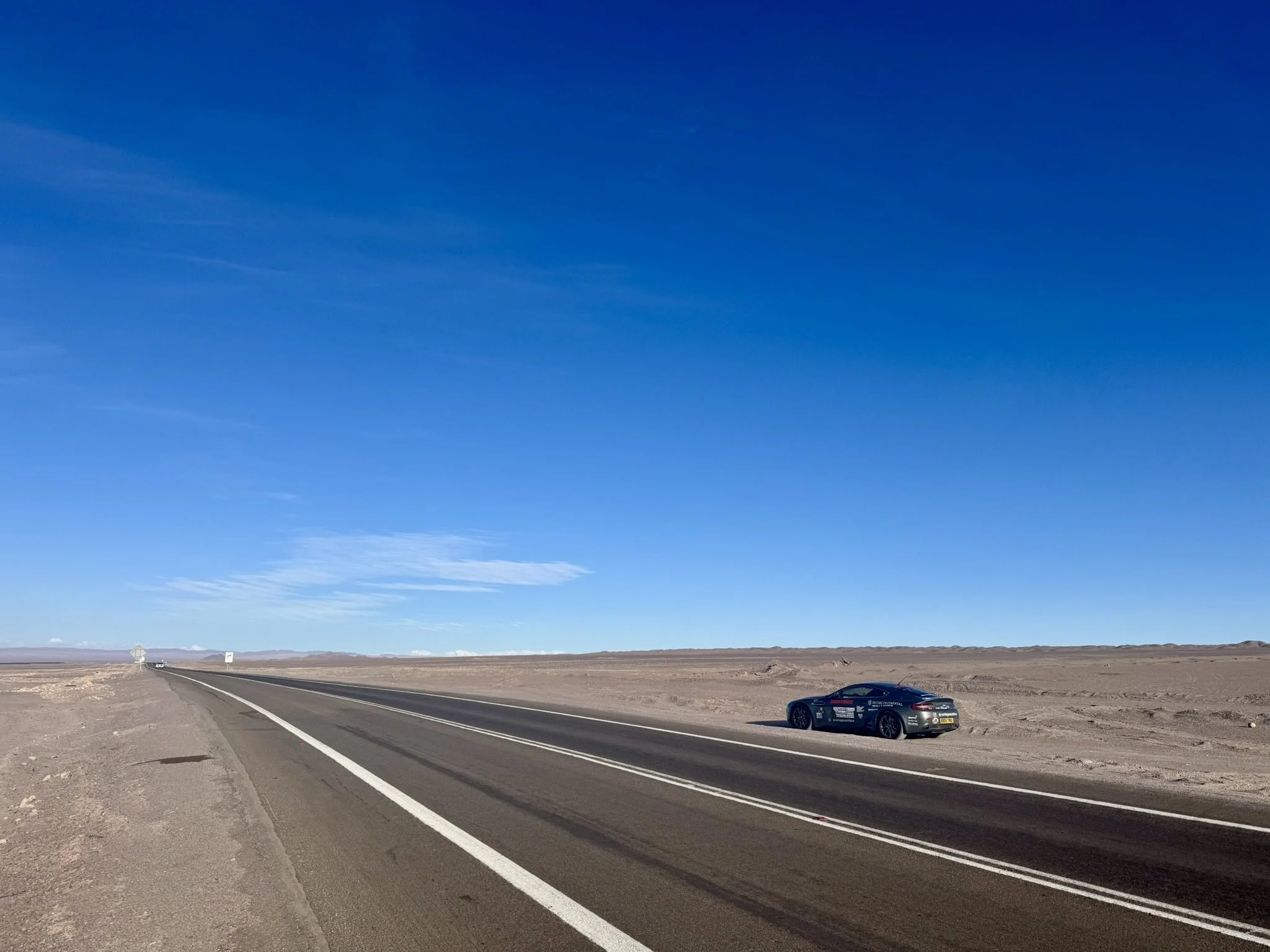Detour #199: Ocean to Ocean over the Uspallata Pass, Chile-Argentina
The route from the shores of the Pacific to Atlantic coast cuts right across the spine of the Andes over one of the highest mountain passes in the southern hemisphere.
When you’ve spent a few days traversing the Atacama Desert, widely considered the driest place on Earth, the sight of the Pacific Ocean is a real elixir for the eyes. Especially since the powdery sand from the desert, known as fesh-fesh, has a tendency to slowly sandpaper your corneas.
Just clapping my eyes on the blue waters makes me feel cooler, although that might be psychosomatic as the temperature remains resolutely high here at the coastal town of Antofagasta where I begin an ocean odyssey that will, eventually, see me reach the Atlantic.
Initially I head due south to Copiapo then onto Valparaiso. The dark hue of the ever-present Pacific provides a welcome vista after being surrounded by monotone dunes for days.
My overnight stop, however, is slightly inland in Santiago. The capital city of Chile is a vibrant and bustling metropolis. There’s a mix of old world charm and modernity in Santiago that makes it quite unique and I enjoy several cool cervezas, ceviche and the world-renowned Patagonian calamari.
The following day brings with it one of the highlights of the trip, and of my decades of road tripping around the world. The Argentine-Chile border is over 5,000km long. As a result, there are over 30 points to pass from one country into the other. Route 60 from Valparaiso brings me to the historic Uspallata Pass, which must be the most scenic of them all.
Also known as the Bermejo or Cumbre Pass, this particular link between Chile and Argentina heads straight over the Andes. The ascent has a severe incline on the Chilean side, which means there are several dozen hairpins spiralling their way into the heavens. The summit, at 3,810 m, runs parallel to Aconcagua, the highest peak in the southern hemisphere. It’s a climb that causes both humans and car engines to have trouble catching their breath.
From the Uspallata Pass the descent into Argentina, now called Route 7, is far more gentle and brings me to the wine-growing region around the city of Mendoza, which sits in the in the middle of the Bi-Oceanic Corridor that connects the Atlantic and Pacific. It’s a proper city, but Mendoza is best-known for its excellent Malbec, with wine farms set against the majestic backdrop of the Andes.
I spend the night in Mendoza, which gives me the opportunity to sample the delicious local grapes and wash down sumptuous meats grilled on an open wood fire under the open sky. Thanks to a lack of pollution out here the skies are wide and provide an excellent view of the Milky Way.
The next day I move on, heading eastward, passing through evocatively named towns like San Juan, San Rafael and Santa Rosa (do you sense a theme here?). In each one I encounter more of the wonderful hospitality that I’ve experienced elsewhere in this part of the world. And more of the delicious grilled cuisine.
In the final days of my trip I leave behind the less developed parts of Argentina and head for Buenos Aires. The capital city feels like any metropolis in Europe, with many design traits borrowed from Paris. In fact, the Avenida 9 de Julio is the widest city street in the world at 140 metres across with over a dozen lanes of traffic… try crossing during rush hour. In the middle of this famous motorway is the Obelisco, one of the most famous man-made monuments in South America.
Buenos Aires is a stark contrast to the natural beauty and wonder I experience through most of the trip. From the dunes of Chile, over the Andes and through the wine-producing region, there is such an incredible variety of scenery to enjoy as you traverse the continent.
It’s food for thought as I find an ocean-facing bar to enjoy a few local brews and savour the view over the Atlantic.
Photo Luis Santos / Unsplash















One of the highest navigable routes in the world, the Ruta de Las Lagunas is an off-road adventure with many risks, but just as many rewards.